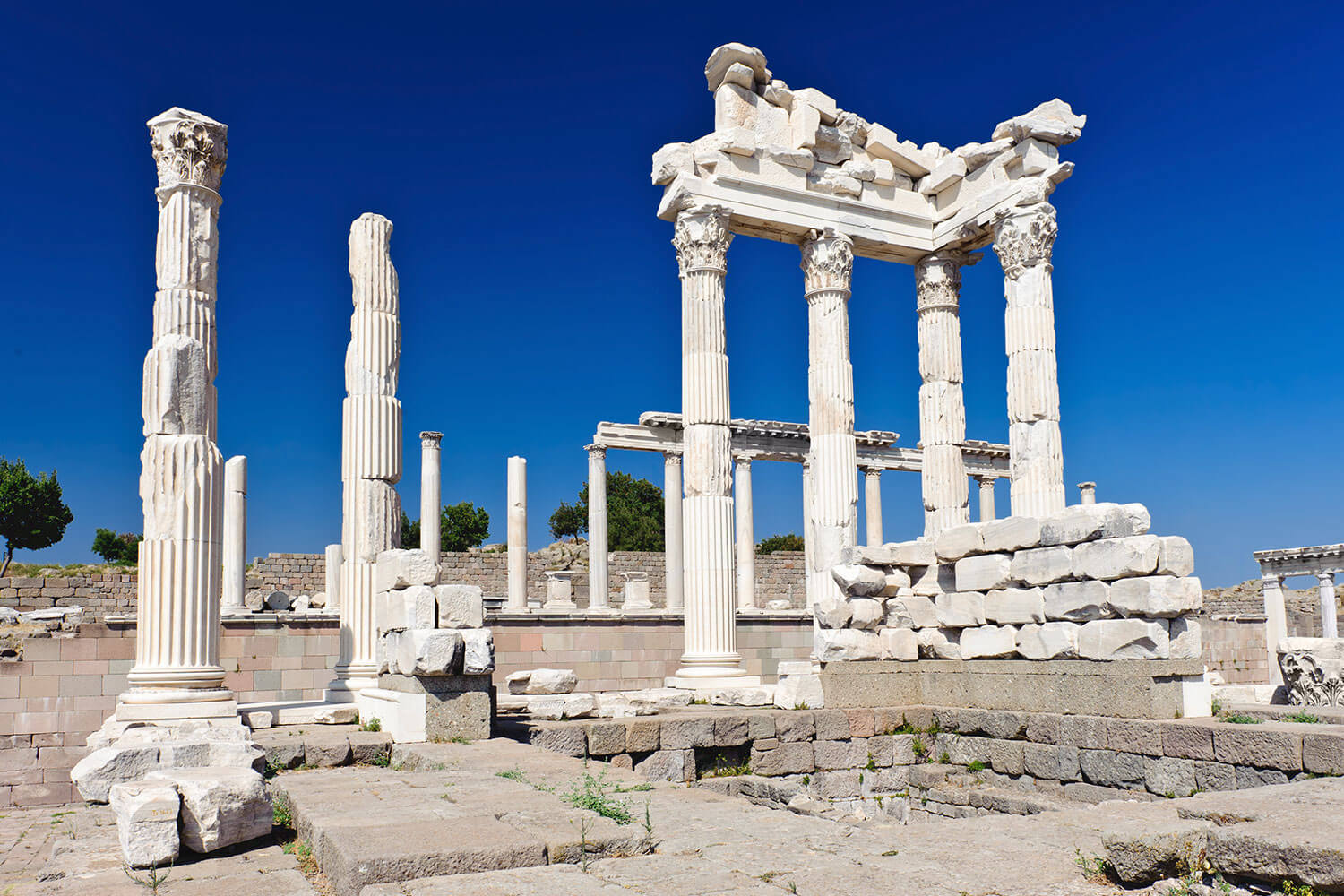Are you buckled up to discover the ancient city of Aigai that is known to be under the protection of the Greek God Apollo? As we cannot imagine Apollo without his lyre, it does not come as a surprise that his city is the capital of music and poetry in the Roman Province of Asia Prima.
Aigai, also known as Nemrutkale or Nemrut Kalesi in Turkish, was an ancient city and former bishopric in Aeolis, a region on the western coast of Asia Minor, which is today’s Turkey. The city is located near the modern village of Yuntdagi Koseler in Manisa Province.
Aigai was one of the 12 cities of the Aeolian League. The city was first mentioned in the works of the Greek historian Herodotus, who wrote that the people of Aigai had participated in the Ionian Revolt against Persian rule in the 5th century BC.
The ruins of Aigai are located on a hill that offers views of the surrounding countryside and the sea. The remains include an acropolis with an almost completely preserved city wall, several towers, a gymnasium, a bouleuterion (council house), a theatre, and a necropolis. In addition, there are remains of early Christian structures, evidence of the city’s status as a bishopric in Late Antiquity.
The site of Aigai has been the subject of archaeological excavation since the 1990s. Many artifacts have been found at the site, including statues, inscriptions, and other objects that provide valuable insights into the city’s history and culture.







